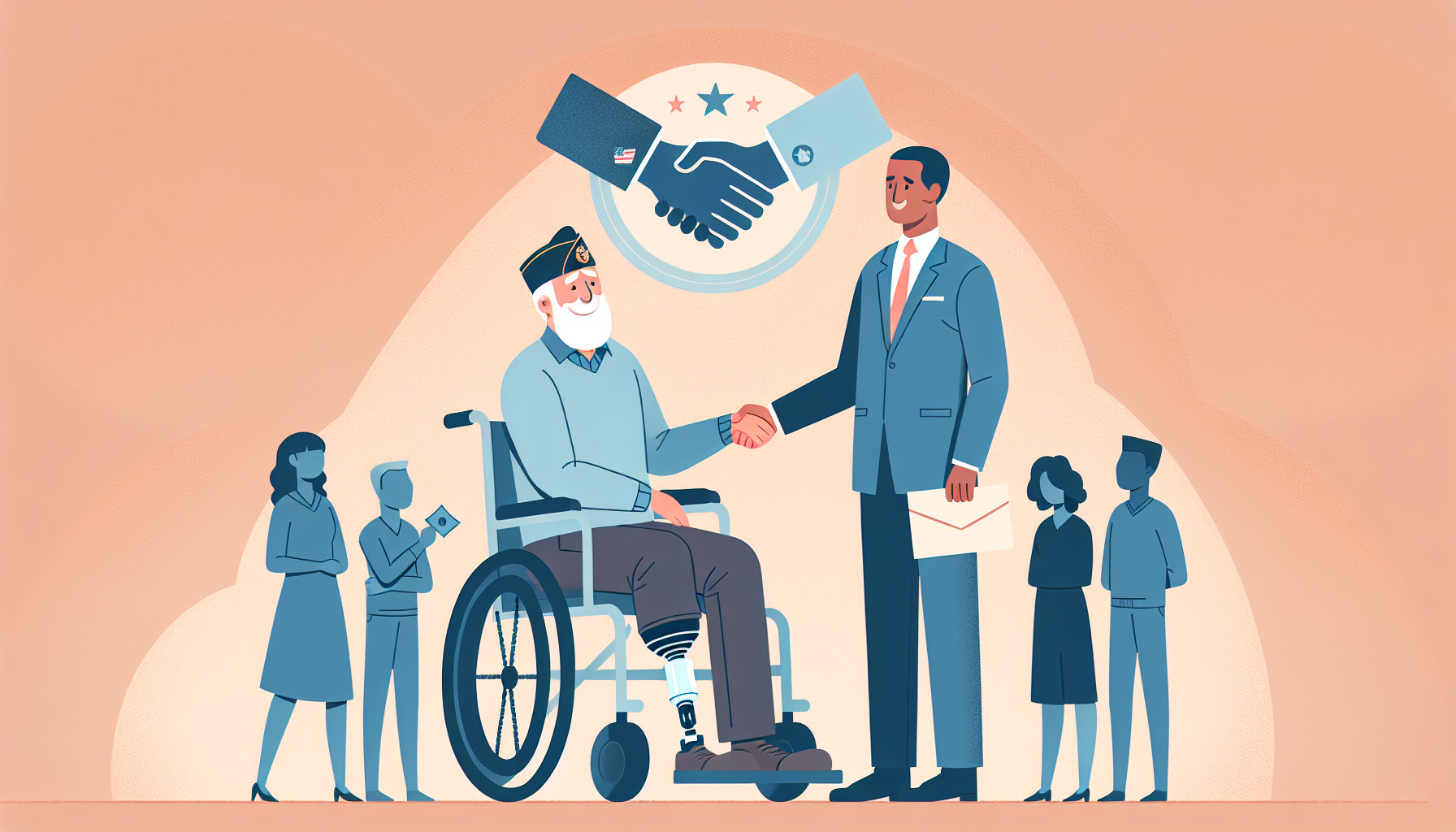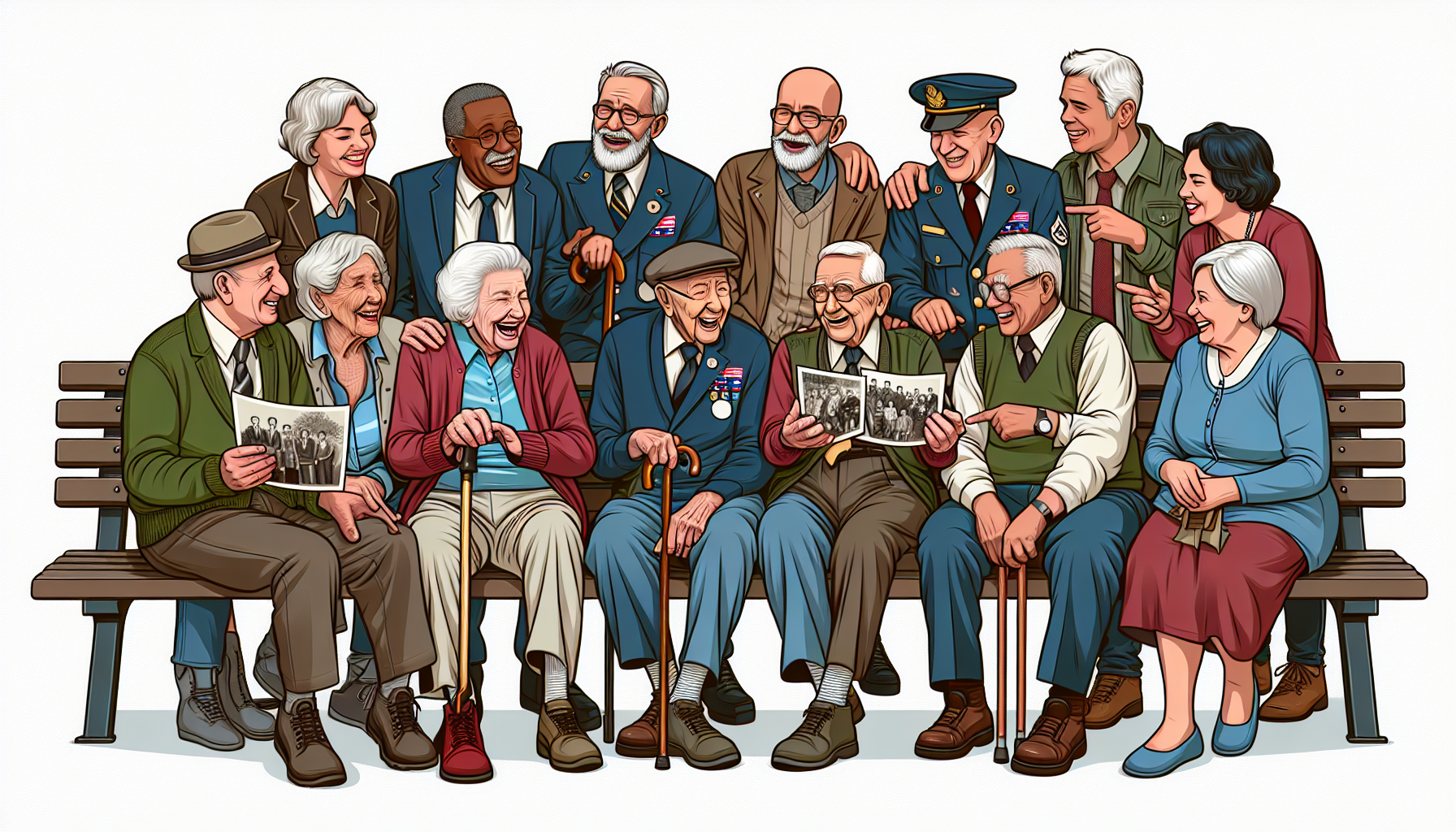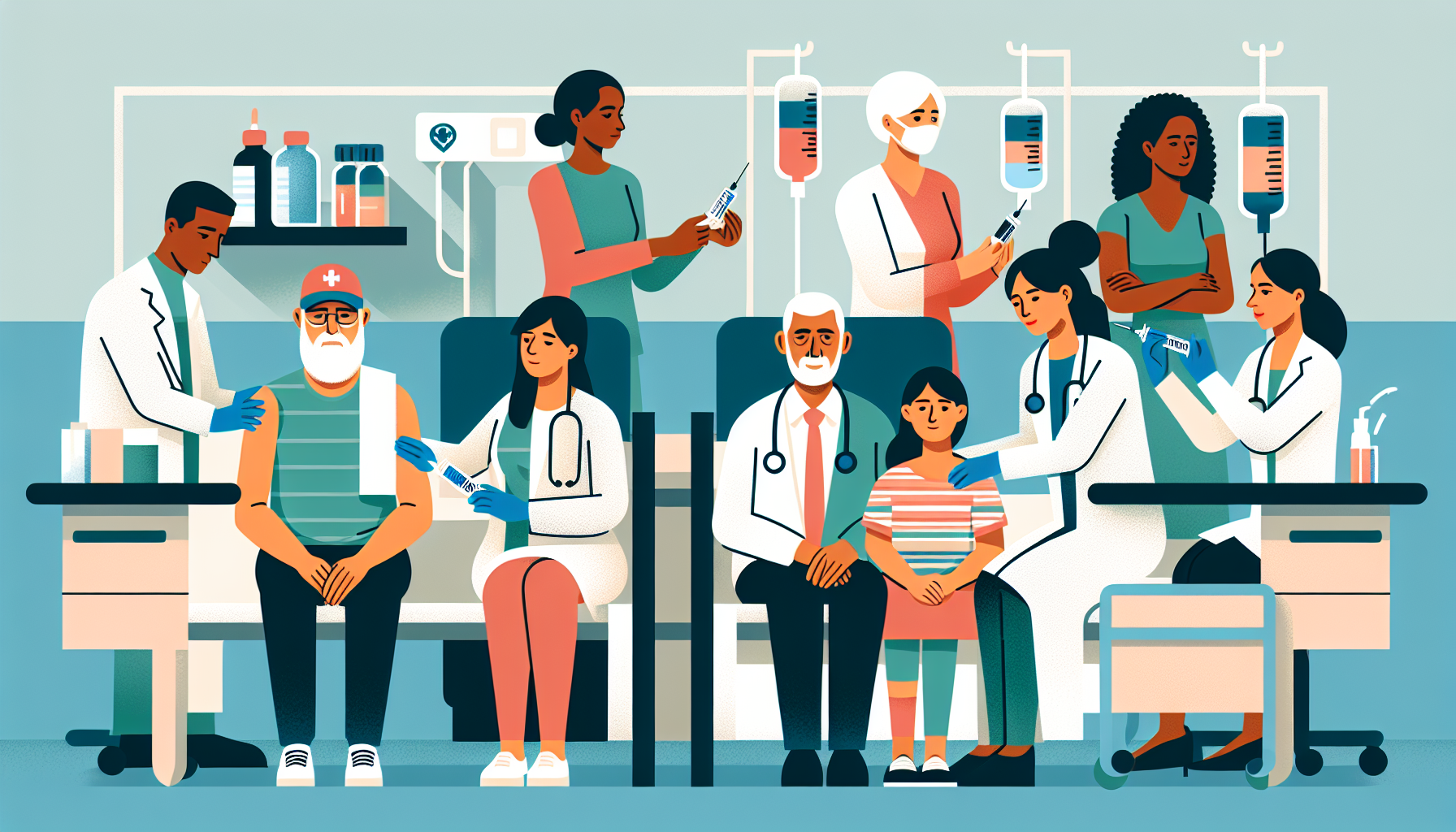Definition
Special Monthly Compensation (SMC) is a unique VA benefit provided to veterans or their dependents. It is designed to address the financial needs of individuals who have specific disabilities resulting from military service, requiring special assistance or additional aid. The SMC offers extra compensation beyond the standard VA disability compensation rates.
Key Takeaways
- Special Monthly Compensation (SMC) is an additional tax-free benefit provided to eligible veterans, their spouses, and dependent children who have specific disabilities or combinations of disabilities that result in additional needs and care requirements.
- SMC benefits are separate from standard VA disability compensation and address the supplementary needs and expenses related to the eligible veteran’s severe disabilities, such as needing the aid of another person for daily living activities or dealing with loss of use of a limb.
- There are various levels of SMC benefits (SMC-K to SMC-S), each with different eligibility criteria based on the severity of the disability or combination of disabilities. These levels result in a range of additional monthly payments above the standard VA disability rates.
Importance
Special Monthly Compensation (SMC) is a crucial aspect of the VA benefits system, as it provides additional financial support to veterans who are facing exceptional circumstances due to their service-related conditions.
These may include the loss of limbs, impaired vision, or significant disabilities that require specialized care or assistance.
By offering enhanced monetary assistance, SMC aims to alleviate the financial burdens that these severely disabled veterans often encounter, thus improving their quality of life and ensuring a fair recognition of their sacrifices for the country.
Explanation
Special Monthly Compensation (SMC) is a vital component of VA benefits that serves a specific purpose in providing additional financial assistance to veterans with special circumstances and requirements. It aims to address the distinct needs of the most severely disabled veterans, regardless of their situation.
These veterans may have lost their limbs, suffered a traumatic brain injury, or have become blind or deaf due to their service. SMC is designed to offer supplemental compensation to these veterans as a means to alleviate some of the burdens associated with their injuries and traumatic experiences, and to enhance their overall quality of life.
In essence, SMC is utilized to accommodate the unique physical, mental, and emotional hurdles that severely disabled veterans face in their daily lives. By providing them with additional monetary support, these veterans are better equipped to manage the adverse consequences of their disabilities, including significant changes to their living environment, increased healthcare costs, and adaptive equipment requirements.
The additional compensation provided through SMC reflects the notion that veterans with severe disabilities may encounter greater financial burdens and challenges in their daily lives, and it demonstrates the commitment of the Department of Veterans Affairs to lend comprehensive support to those who have served and sacrificed for their country.
Examples of Special Monthly Compensation (SMC)
Special Monthly Compensation (SMC) is an additional tax-free benefit provided to eligible veterans, their spouses, surviving spouses, and parents to compensate for the unique needs and challenges they face due to specific injuries, disabilities, or circumstances related to their military service. Here are three real-world examples of when SMC may be applied:
Loss of Limb: A veteran who lost a limb during their military service may be eligible for SMC. For example, a veteran who lost a leg due to an IED explosion in combat might receive SMC in addition to their regular disability compensation. This additional benefit would help cover the costs of specialized medical care, prosthetics, and any necessary modifications to their home or vehicle.
Aid and Attendance: A veteran with a severe disability that requires regular assistance with daily activities may qualify for SMC under Aid and Attendance (A&A). For instance, a veteran who sustained a traumatic brain injury (TBI) and needs help with basic functions like bathing, dressing, or eating could receive additional compensation through SMC-A&A. This benefit could cover the cost of hiring in-home care or support services that the veteran requires to maintain their independence and quality of life.
Housebound Veterans: In some cases, a veteran’s service-connected disabilities may confine them to their home most of the time, making them eligible for Housebound SMC. For example, a veteran suffering from debilitating anxiety and PTSD after military service could be housebound, as leaving their home might cause severe emotional distress. In such cases, Housebound SMC would provide extra financial support, compensating for the limited opportunities for work or social engagement resulting from their disability.
FAQ: Special Monthly Compensation (SMC)
What is Special Monthly Compensation (SMC)?
Special Monthly Compensation (SMC) is an additional tax-free benefit that can be paid to veterans, their spouses, surviving spouses, and parents who have a need for assistance and attendance due to specific disabilities. SMC is meant to help cover non-medical expenses related to the veteran’s disability.
Who is eligible for SMC?
Veterans who have a service-connected disability that is specifically rated as SMC, a combination of disabilities that fall under SMC eligibility, or a service-connected disability that requires aid and attendance of another person are eligible for SMC. Additionally, spouses, surviving spouses, and parents of eligible veterans may also qualify for this benefit.
How is SMC different from regular VA disability compensation?
SMC is an additional tax-free benefit that is provided to veterans with specific disabilities that require assistance beyond the standard VA disability compensation. SMC is meant to help cover non-medical expenses related to the veteran’s disability, while regular VA disability compensation is meant to compensate for the average loss of earning capacity due to the disability.
What are the different levels of SMC?
There are several levels of SMC, ranging from SMC(k) to SMC(r), with multiple sub-levels in between. Each level correlates to a different disability or combination of disabilities and has a specific payment rate. The higher the SMC level, the greater the need for assistance and the higher the compensation will be.
How do I apply for SMC?
To apply for SMC, you can submit a claim for an increased disability rating through the VA. Be sure to include any relevant evidence, such as medical records or statements from healthcare providers, that demonstrates your need for assistance or support due to your disability(ies).
Can I receive SMC in addition to other VA benefits?
Yes, you can receive SMC in addition to other VA benefits, such as regular VA disability compensation, Dependency and Indemnity Compensation (DIC), and VA pension. However, you cannot receive multiple levels of SMC at the same time.
Related VA Benefit Terms
- Service-connected disabilities
- Loss of limbs or extremities
- Aid and attendance
- Housebound benefits
- Adaptive housing grants
Sources for More Information
- U.S. Department of Veterans Affairs – The official website of the United States Department of Veterans Affairs has comprehensive information about Special Monthly Compensation (SMC) and other VA benefits.
- Veterans Benefits Administration – The Veterans Benefits Administration (VBA) is a part of the U.S. Department of Veterans Affairs that oversees and administers various benefits to veterans, including SMC.
- Military.com – Military.com is a website dedicated to news, benefits, and information for military personnel and veterans. It has a section dedicated to VA benefits, including Special Monthly Compensation.
- Disabled Veterans National Foundation (DVNF) – The DVNF is a non-profit organization that supports disabled veterans across many areas of life. Their website provides resources and information on VA benefits, including Special Monthly Compensation.
 Benefits.com Advisors
Benefits.com Advisors
With expertise spanning local, state, and federal benefit programs, our team is dedicated to guiding individuals towards the perfect program tailored to their unique circumstances.
Rise to the top with Peak Benefits!
Join our Peak Benefits Newsletter for the latest news, resources, and offers on all things government benefits.





























